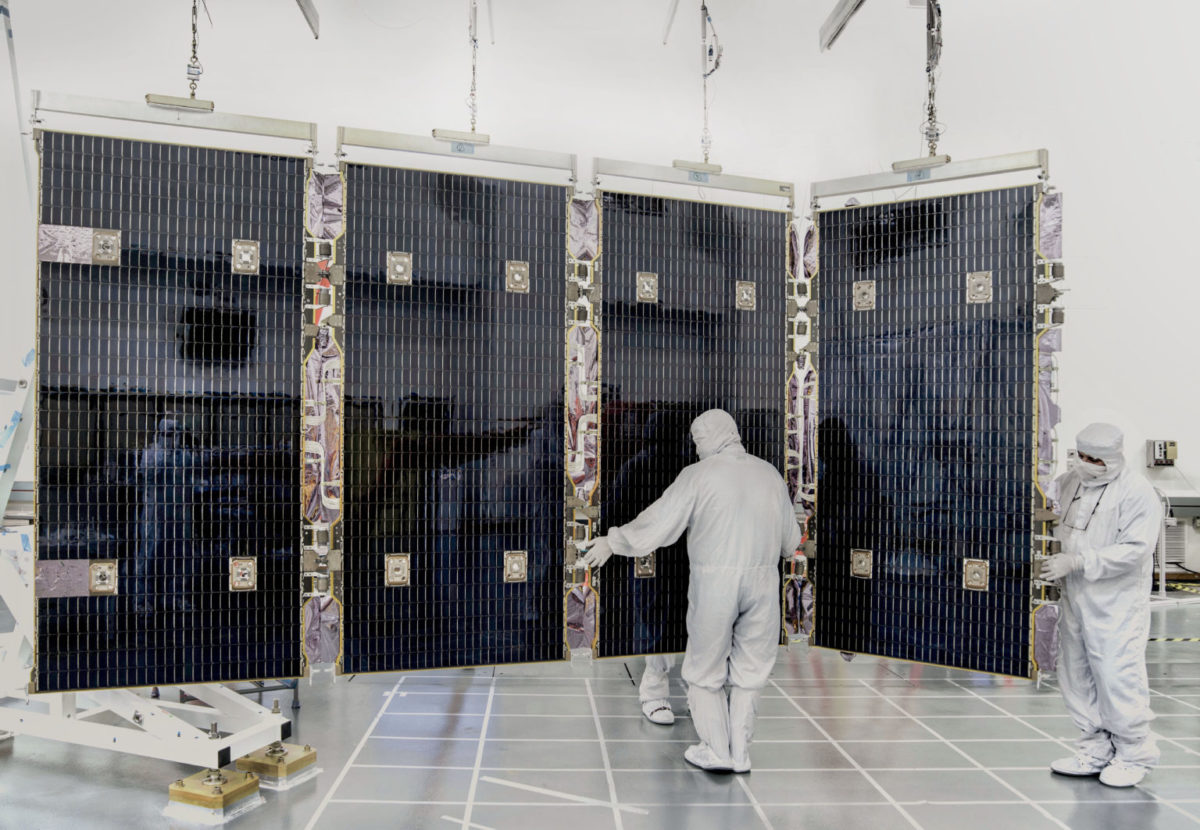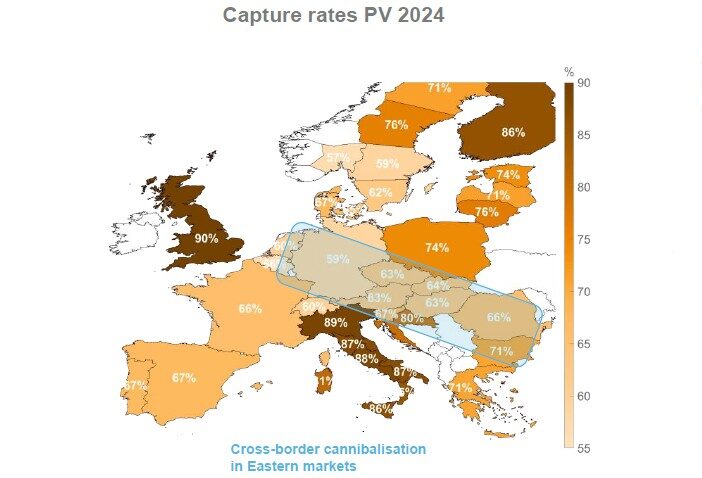From pv magazine USA
NASA launched the Webb Space Telescope on Christmas Day. Thirty minutes later, it deployed and activated Webb’s fold-out solar array.

The world’s most powerful telescope, which is set to study phenomena like the formation of planets, uses less power than one might think. In fact, only 1 kilowatt, equivalent to the power use of microwaving your lunch, is needed to power the device.
Webb will stay energy-efficient more than 1 million miles from Earth, said NASA.
The 20-foot solar array is attached to the main observatory of the craft. It will act as the “powerhouse” for the telescope, supplying energy to all of its scientific instruments, communications, and propulsion systems. The telescope only needs 1 kW to perform, but the array generates twice that much to factor in the degradation caused by the harsh conditions of space.
The array consists of five panels that are connected by hinges for folding into the launch vehicle, the Ariane 5 rocket. The telescope’s onboard battery was designed to only last a few hours, so the unfolding and activation of the array was considered one of the most critical early steps of the telescope’s voyage.
This content is protected by copyright and may not be reused. If you want to cooperate with us and would like to reuse some of our content, please contact: editors@pv-magazine.com.




3 comments
By submitting this form you agree to pv magazine using your data for the purposes of publishing your comment.
Your personal data will only be disclosed or otherwise transmitted to third parties for the purposes of spam filtering or if this is necessary for technical maintenance of the website. Any other transfer to third parties will not take place unless this is justified on the basis of applicable data protection regulations or if pv magazine is legally obliged to do so.
You may revoke this consent at any time with effect for the future, in which case your personal data will be deleted immediately. Otherwise, your data will be deleted if pv magazine has processed your request or the purpose of data storage is fulfilled.
Further information on data privacy can be found in our Data Protection Policy.